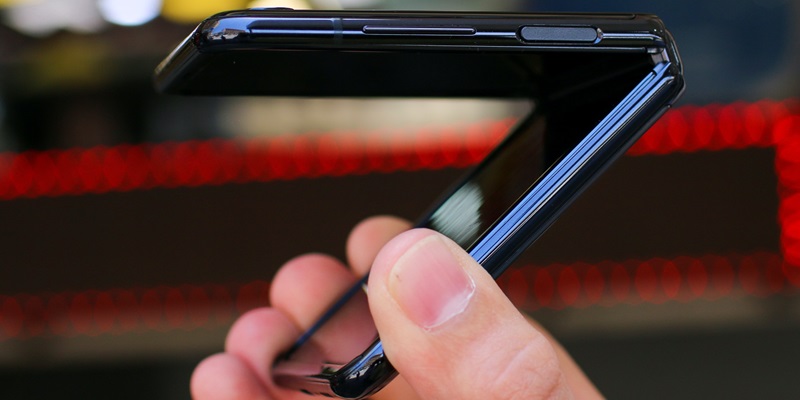The Samsung Galaxy Z Fold 3 and Galaxy Z Fold 2 have made waves in the smartphone industry with their foldable design. These innovative devices offer a unique user experience, but how do they compare? In this article, we will delve into the key differences between these foldable smartphones, highlighting their design, camera technology, performance, features, and more.
Design Differences
The design of the Galaxy Z Fold 3 has undergone refinements compared to its predecessor. The sleeker and more refined look of the Z Fold 3 immediately catches the eye. One significant design improvement is the device’s thinner and lighter profile, making it more comfortable to hold and carry.
Under-Display Camera (UDC)
A major upgrade featured in the Galaxy Z Fold 3 is the introduction of an under-display camera (UDC). Unlike a punch-hole or notch, the UDC is not visible on the screen, providing users with a full, uninterrupted viewing experience. The UDC technology allows for a seamless integration of the front-facing camera into the display, giving a cleaner and more immersive look to the device.
Improved Performance
The Galaxy Z Fold 3 comes packed with the latest Snapdragon 888 processor, offering faster and more efficient performance. With this powerful chipset, users can expect smoother multitasking, faster app launches, and improved gaming experiences. The performance boost in the Z Fold 3 is a significant advantage for those craving seamless navigation and enhanced productivity.
S Pen Compatibility
Arguably one of the standout features of the Galaxy Z Fold 3 is its compatibility with the S Pen. This opens up a new realm of possibilities for productivity and creativity, allowing users to take notes, sketch, and edit documents directly on the spacious foldable screen. The S Pen integration makes the Z Fold 3 an excellent choice for professionals, artists, and multitaskers alike.
IPX8 Water Resistance Rating
The Galaxy Z Fold 3 sets a precedent as the first foldable smartphone from Samsung to offer an IPX8 water resistance rating. This means it can withstand immersion in up to 1.5 meters of water for up to 30 minutes. With this level of water resistance, users no longer need to worry about accidental spills or minor water exposure. It adds an extra layer of durability and peace of mind to an already impressive device.
Price Difference
While the Galaxy Z Fold 3 offers several advancements over the Z Fold 2, it comes with a higher price tag. The added features, improved design, and enhanced performance certainly contribute to the increased cost. However, whether it justifies the higher price will depend on individual preferences and priorities.
Under-Display Selfie Camera
Another notable upgrade in the Galaxy Z Fold 3 is the addition of an under-display selfie camera. Similar to the UDC, this front-facing camera is hidden beneath the screen, ensuring that selfies and video calls do not disrupt the viewing experience. Users can now enjoy a full edge-to-edge display without any intrusion from an intrusive camera cutout.
5G Connectivity
The Galaxy Z Fold 3 introduces 5G connectivity, a technology that enables users to experience blazing-fast download and upload speeds. With 5G capabilities, streaming high-quality content, downloading large files, and engaging in online gaming become even more seamless and enjoyable.
The Samsung Galaxy Z Fold 3 and Galaxy Z Fold 2 are both remarkable foldable devices, but they do have some significant differences. The Z Fold 3 boasts a sleeker design, the introduction of under-display camera technology, improved performance with the Snapdragon 888 processor, S Pen compatibility, IPX8 water resistance rating, and 5G connectivity. However, these advancements come at a higher price. Ultimately, whether the Galaxy Z Fold 3 is worth the upgrade or higher cost depends on individual needs, preferences, and budget. Nevertheless, both devices contribute to the future of smartphone technology and offer an unparalleled experience for those seeking innovation and versatility.

